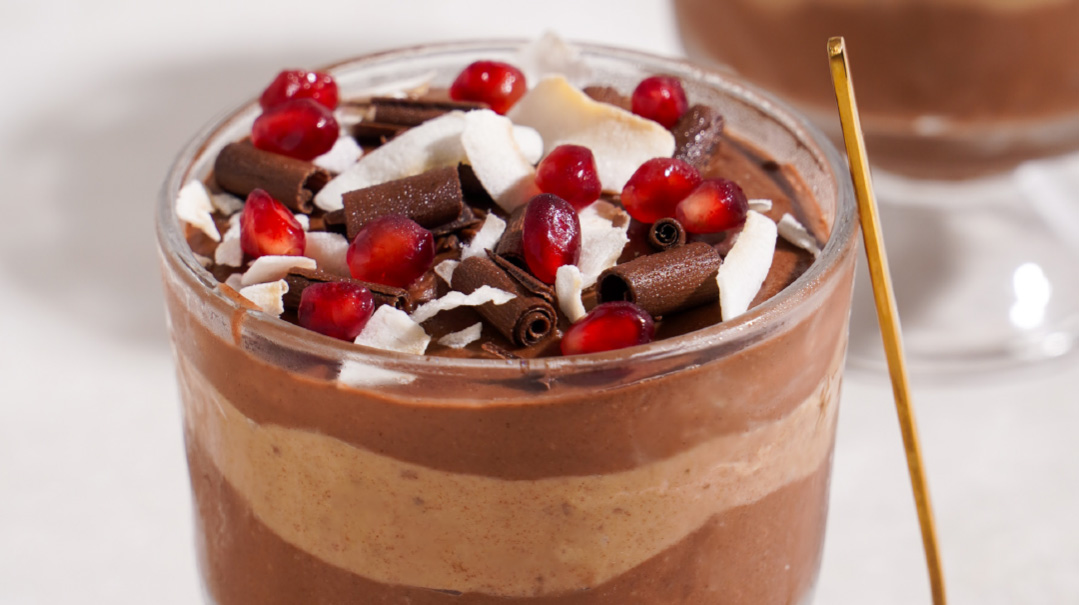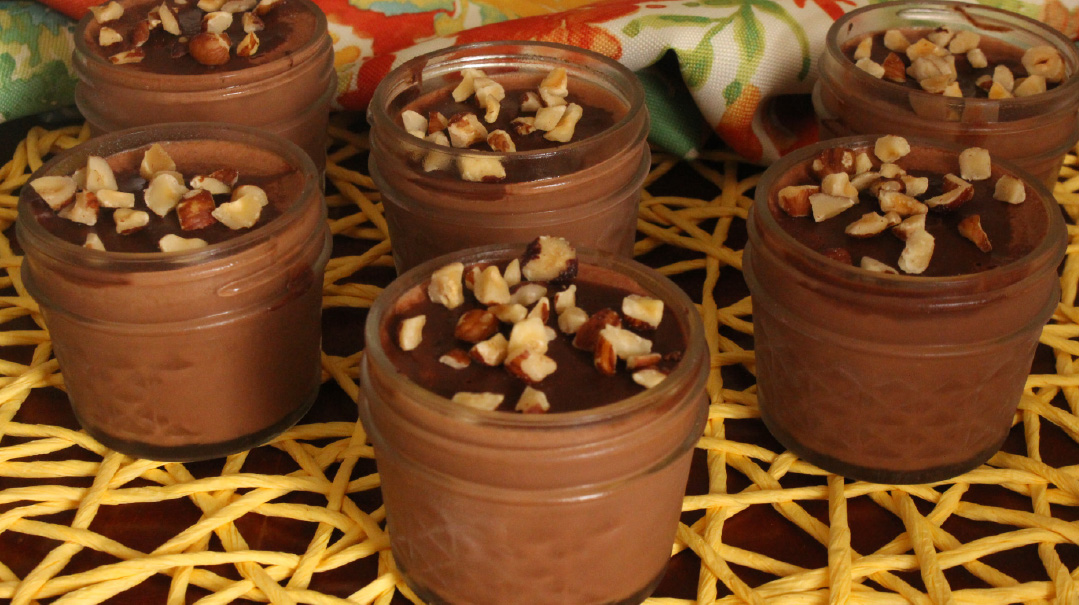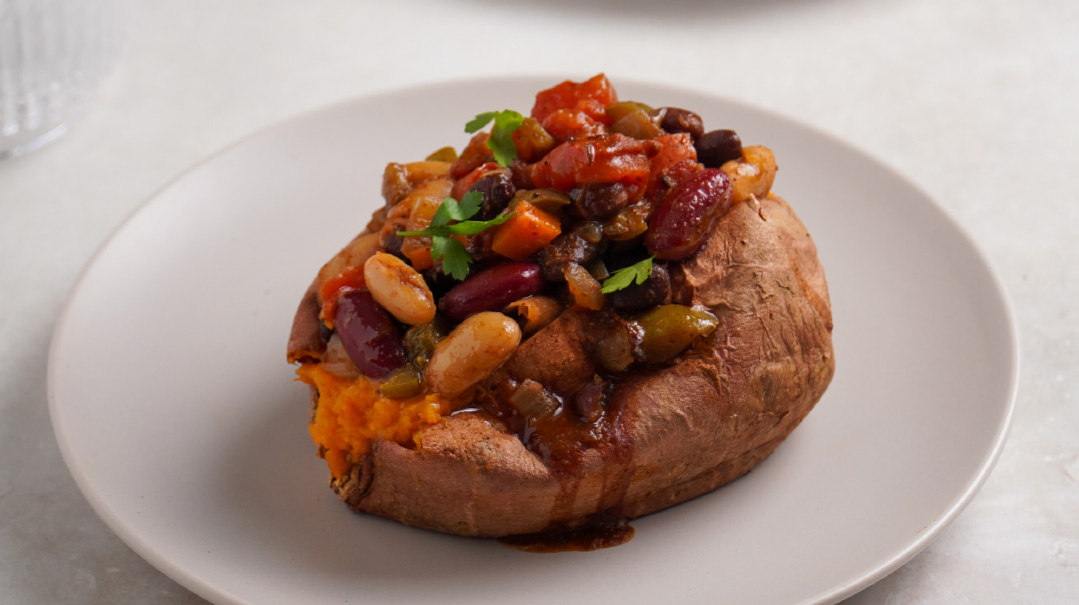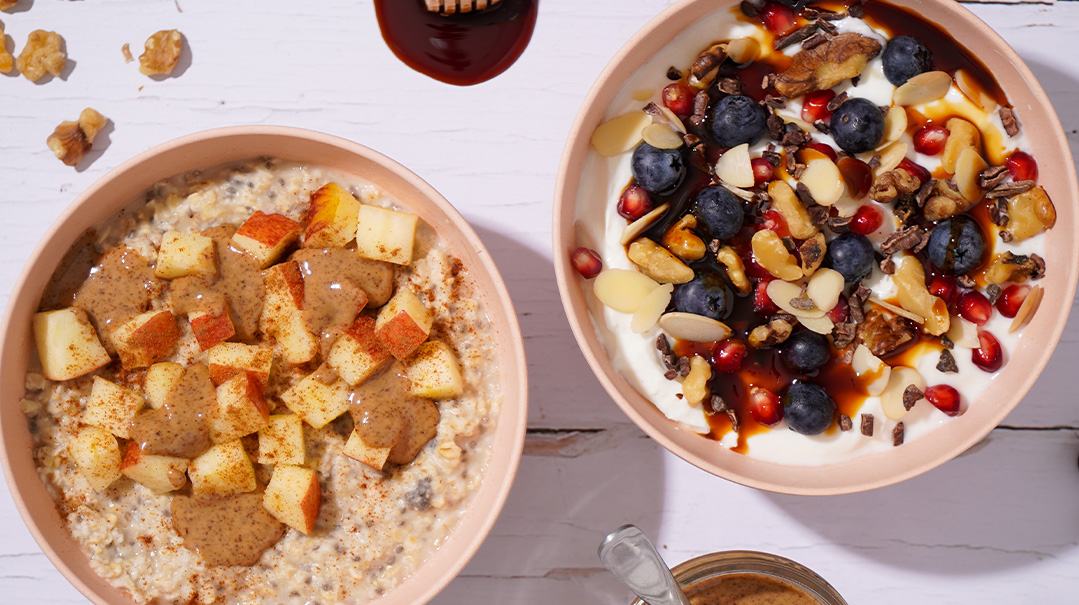The Grain Time Warp


Sefiras Ha’omer is when we make the yearly transition from being slaves who just left Mitzrayim to becoming an elevated nation worthy of Hashem’s Torah. In the times of the Beis Hamikdash, this period was sandwiched by two korbanos that represented these two extremes. On Pesach, we brought the Korban Omer, an offering of barley. On Shavuos, we brought the Korban Shtei Halechem, an offering of wheat.
Chazal tell us that barley is a lowly grain, an “animal food.” Wheat, on the other hand, is the fi nest of flours and is ideal for consumption by man. Journeying from a barley offering on Pesach to a wheat offering on Shavuos represents our task of relinquishing our animalistic tendencies in exchange for human refinement.
Counting Toward Wheat!
What? It’s clear from the words of our sages that they held wheat in the highest regard. But today, wheat is one of the top culprits for bloating, allergies, fatigue, and indigestion. If it is indeed the ideal grain for human consumption, why do so many people have trouble with wheat?
Oops! We could not locate your form.













